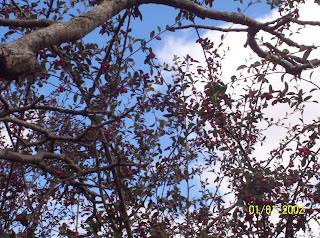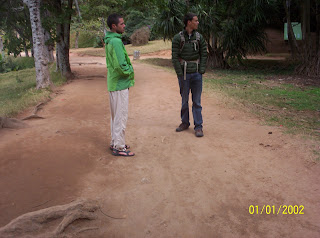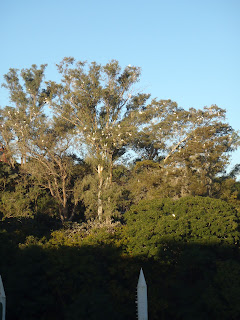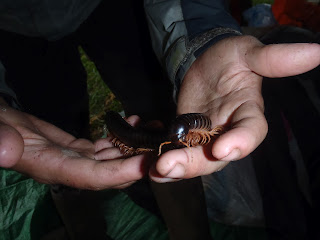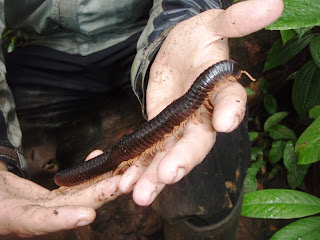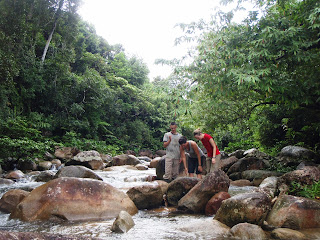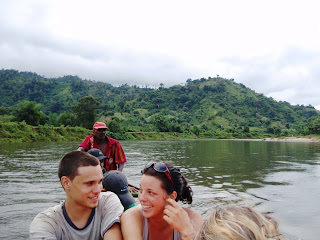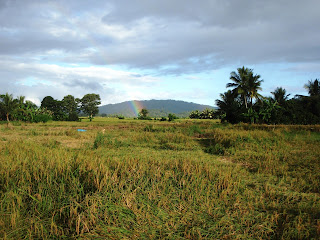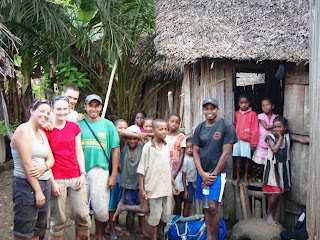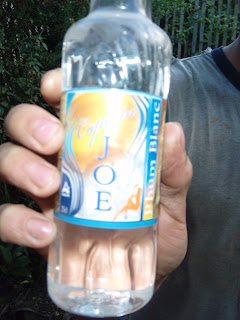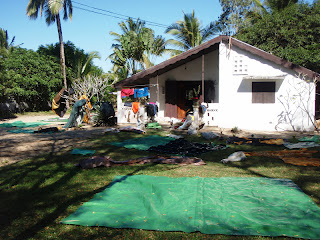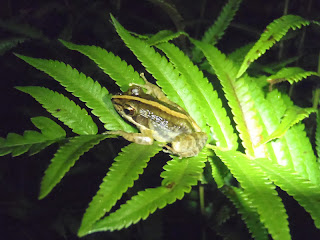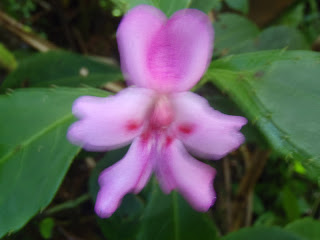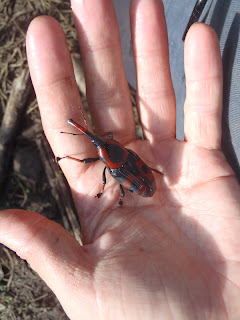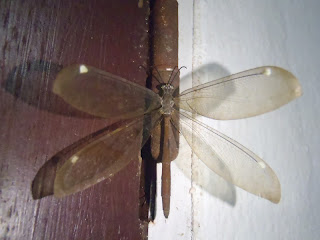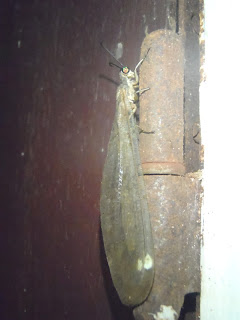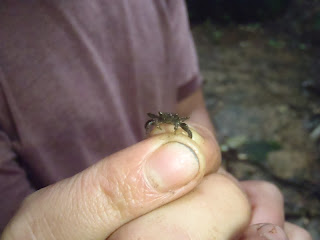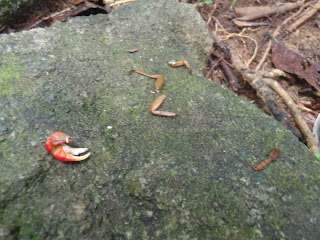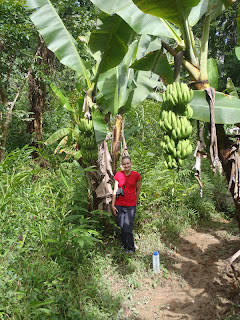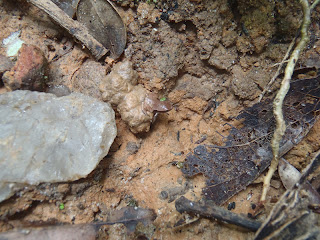Hey guys!
As many of you know, Joe and I arrived back in the states on the
4th of July. The flights getting back from Madagascar were heinous, as 25
hours of flying is never any fun. But we made it, and on the afternoon of
the 4th dragged ourselves to Zach's house and collapsed for several hours.
Since then, we spent some time in West Virginia climbing at the New River
Gorge, and then arrived at my house in Sycamore, IL. Joe left my house
yesterday, and is getting to see his family for the first time in almost eight
weeks. Now that I've had two weeks back in the states (and gotten to catch up
with friends and family), I'm going to have to start looking at some of the
data I got from Zach (pictures from camera traps in Mangabe a year ago) for my
thesis, as well as beginning to write about this trip for my independent study
next semester. Getting back to everyday activities and school work after
such an amazing experience is going to be tough, but I'm telling myself that
being able to see and analyze these data is a major reason for going to
Madagascar in the first place. And I am excited to get back to a normal
routine as well.
In this entry, I'd like to post links to web pages that describe
some of the animal and plant species we saw in Madagascar, for those of you who
are interested in learning more about those species. I'd also like to
share with you my pictures from the trip. (WARNING: There are over
1,000 pictures attached to this entry!! Sorry for all of the repeats of
frogs and bugs, but I'm tired of sorting through pictures and decided to just
throw them all up there. Those of you who are my friends on facebook can
look through my albums for the abridged version.)
There is one great site that has information on most of the
animals we saw or heard in Madagascar. This is http://www.wildmadagascar.org/.
Here is a list of some of the species we encountered, their
scientific names, and how we saw/heard them. If you search
WildMadagascar's archive, you will find information on and images of many of
these animals.
Mammals:
Carnivores--
Ring-Tailed Mongoose (Calidia
elegans) -- Joe saw
this animal while hiking alone along lemur transact M. It stepped out on
a log two feet from him and looked at him curiously. He said it did not
appear scared or nervous, and after checking him out for a few minutes,
continued on its way. Pretty cool encounter, if you ask me!
Fanaloka (Fossa fossana) -- We captured
images of most likely one individual in its home range in Mangabe. No one
heard or saw it in person, but it was neat to know that it lived on and around
a trail we all hiked often.
Fosa (Cryptoprocta ferox) -- This is Zach's study
species; we went to Madagascar to try to get pictures of this animal in its
natural habitat so that Zach could try to understand its population dynamics.
We did get images of it on our cameras, and the guides think that on one
nocturnal lemur transact we saw the eyeshine of a Fosa. If that is the
case, Joe and I were not 6 feet away from one of the world's most mysterious
and rare carnivores. Definitely check out the images and info on this
guy!
Lemurs--
Brown Mouse Lemur (Microcebus rufus) -- We saw many of these tiny lemurs on nocturnal walks
through the forest at both Mangabe and Farankirana. They are extremely
adorable and curious little animals.
Sportive Lemur (Lepilemur) -- We were
unable to identify this one Lepilemur we
saw down to species, as we didn't get a great look at it. Again, we saw
this species on a nocturnal walk in Mangabe.
White-Fronted Brown Lemur (Eulemur fulvus
albifrons) -- We saw many individuals of
this species, which is common in northern Madagascar. They were present
at our sites in Mangabe, and we almost always saw them during the day. We
also had a wonderful view of them in Farankirana, as we were hiking out; there
was a group of 6 of them in the huge trees above the main road, and they
gracefully leapt across the road, one after another. They are beautiful
animals and that was a wonderful last sighting for Joe and I.
Aye-aye (Daubentonia
madagascariensis) -- We
never saw or heard these animals while we were in Madagascar. However, we
found many canarium seeds that had been opened by Aye-ayes, both in
Ambudicacazu and in Mangabe. So these lemurs are present at both of those
sites. And its not surprising that we did not see them; Zach did his
entire Master's thesis on Aye-ayes and saw them only twice during that entire
time!
Indri (Indri indri) -- We heard, but never saw, these animals
often during our time in Mangabe. They have incredibly loud calls and can
be heard for many kilometers. Their calls are haunting and beautiful.
If you are interested, type into YouTube "Indri call" and there
are several good videos that allow you to hear their calls.
Tenrecs--
Lesser Long-Tailed Shrew Tenrec (Microgale
longicaudata) -- You can't find this animal on WildMadagascar.org, so
here is a link that will provide information on them: http://www.iucnredlist.org/apps/redlist/details/13344/0.
We caught one of these guys in a small mammal trap in Mangabe. I
have pictures of it below.
Birds:
Coua (Coua caerulea) -- These
are large, semi-terrestrial and non-parasitic cuckoos native to eastern
Madagascar. We saw many of them in Mangabe, both in person and in images
from camera traps. They are quite beautiful in the forest due to their
dark blue color, and they have a particular stance that is characteristic.
Here is a good site that describes the Coua: http://www.avianweb.com/bluecouas.html
Madagascar Paradise Flycatcher (Terpsiphone mutata)-- we saw these beautiful little birds first
in Ambudicacazu and then in Mangabe. They are lovely to look at, as the
males have extremely long tailfeathers and come in brown or black/white forms.
The females do not have long tail feathers, but can range from bright red
to dull red to brown. There is not a great website that describes the
behavior/home ranges of these animals that I could find, but there are several
sites that have good images of them. Typing in the scientific name to
Google will come up with images.
Frogs:
Boophis -- We saw
(and heard) many frogs of this genus all over northeastern Madagascar, and have
many pictures below.
Mantella -- These are strikingly
beautiful frogs, and again we saw/heard many species in this genus in all of
our field sites.
Reptiles:
Day geckos (Phelsuma) --These
little bright green geckos were everywhere we went in Madagascar. They
lived in and around our house in Maroantsetra, and were found just as
frequently in our field sites.
Brookesia chameleons
-- These
tiny, leaf-litter chameleons were all over Mangabe. Joe got a
search-image for these guys early on in the trip and consequently found and
caught many individuals. They are very cute, brown, terrestrial
chameleons. We have many pictures below. If I had to guess, I would
think that the species we found frequently was Brookesia superciliaris.
*We found a few snakes, but I couldn't identify
any of them.
Radiated Tortoise (Geochelone radiata) -- This is an extremely rare and endangered tortoise, endemic to
Madagascar but not found in the northeast. We saw a few individuals in
the zoo in Antananarivo. They are beautiful animals.
Insects:
We saw a ton of insects!! I can't find great
website images or information on the insects we did see, and I don't know the
genera for any of them. So sorry bug-lovers, but you'll just have to be
happy with the pictures we took! I can say that we saw beautiful
Lepidopterans, a few cool Mantids, some interesting Hymenopterans, some
incredible Colepoterans, and a TON of horrible Dipterans (mostly all over our
food...)!
Trees:
Obviously, we saw a lot of trees; we lived in a forest for over
two weeks! One tree I'd like to highlight, however, is the Canarium tree.
I've mentioned this tree before, as it is the home of the Aye-aye, which
eat its seeds. These trees grow to immense heights and have incredible
canopies. We have several pictures with them at Farankirana.
Unfortunately, the best site I found that describes Canariums is
Wikipedia, but as far as I know, it does a pretty good job.
*We saw many, many species, most of which I am unaware of.
These are just some of the animals we saw frequently or were some of the
most interesting animals we saw. I wish I could share each and every one
with you.
These wonderful animals and plants are regionally unique.
They are all endemic to Madagascar, which means that the habitat in which
they live occurs on one relatively small, isolated space on the entire planet.
That space is rapidly being reduced due to deforestation for rice
farming, and some of these animals (namely lemurs) are being
hunted recklessly for food. We cannot place too much blame the
Malagasy people for cutting down forest or hunting lemurs, as any desperate
person trying to feed their family would do the same thing. The Malagasy
often do not have any choice but to cut down a few more trees for a new field
or to occasionally buy lemur meat from a poacher (it is 5,000 Ar per lemur;
that's about $2.50 for one of the world's most endangered animals). And
with Madagascar 's rapidly rising population, it seems possible that in a few
short years all of the forest will be gone and all of the animals which lived
there will disappear.
But this does not have to be the case. When
I was in Madagascar it was clear to me that there are many Malagasy aware of
the issues facing their wildlife, and all of these people knew of a
solution: Environmental Tourism. The more foreigners that visit
Madagascar for the purpose of seeing rare animals, the more money that goes
into protecting those animals and their habitats. If more and more
Malagasy were made aware that Americans or Europeans or Australians would pay
money just to see the animals that they were once hunting, they would certainly
be more interested in protecting those animals. This is what needs to
occur in Madagascar. There is already a movement towards making
environmental tourism prominent in the Masoala region; I saw this when I talked
to Fernando and Niko, two Malagasy men who are interested in protecting the
wildlife near Maroantsetra. Niko is a guide for tourists, and Fernando is
striving to educate villagers about environmentalism and is trying to
encouraging them to look for jobs in the tourist industry as well. I also
saw this when I visited the Roulet, a resort in Maroantsetra which specializes
in environmental tours of the region. And so, if someday you find yourself with
the means to take a vacation, why not consider an environmental tour of
Madagascar? Not only will you be able to see some of the world's most
unique animals in a beautiful tropical location, but you will be contributing
to the conservation of those animals and their habitats for years to come.
The rest of this entry is pictures from this trip. I am so
grateful to have had this amazing and unique opportunity. I have seen
some incredible animals, plants, and landscapes of Madagascar, which I realize
most people will never have the opportunity to see. I have gotten to experience
the unique and rich culture of the Malagasy, who are some of the friendliest
people and most inspiring people I have ever met. I have gotten to
challenge myself mentally and physically in some of the most rugged (but
beautiful) terrains in the world, which is very rewarding. I have
gotten to work with incredible biologists whom I hope will be friends for life.
I have had an amazing, life-changing experience, which I know I will
never forget. Thanks to all of you who helped make this trip possible:
Zach Farris, the Honors College TAG/URGE grant committee, Patricia Smith, Dr.
KC Larson, Zach's advisers at Virginia Tech, the Maroantsetra WCS, Paul and
Rita Miller, and of course, Joe Larson who kept me sane during the hard times.
And thanks to all those who supported me from the states with encouraging
messages. I can't thank all of you enough! Enjoy the pictures, and
goodbye for now!
~Chelsea
p.s. – I’m aware that there is weird highlighting going
on here…but I can’t figure out why it won’t go away! Sorry L
Brookesia chameleon
Lesser long-tailed shrew tenrec
View from Mangabe
Canarium tree

















































































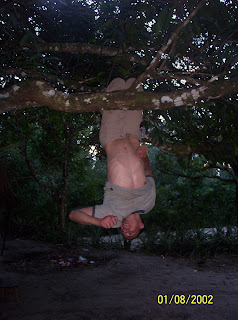





















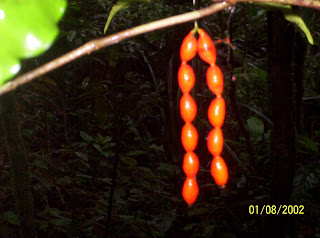











































































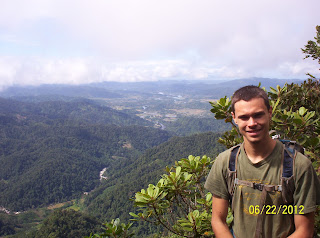












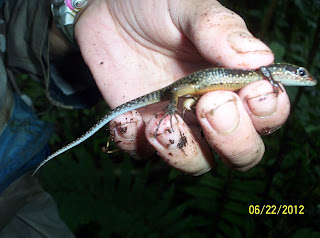































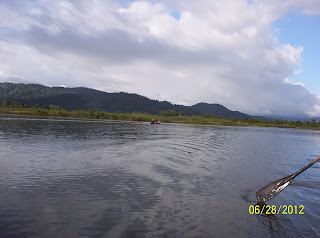
.JPG)

.JPG)

.JPG)

.JPG)
.JPG)
.JPG)
.JPG)
.JPG)
.JPG)
.JPG)
.JPG)
.JPG)
.JPG)






































